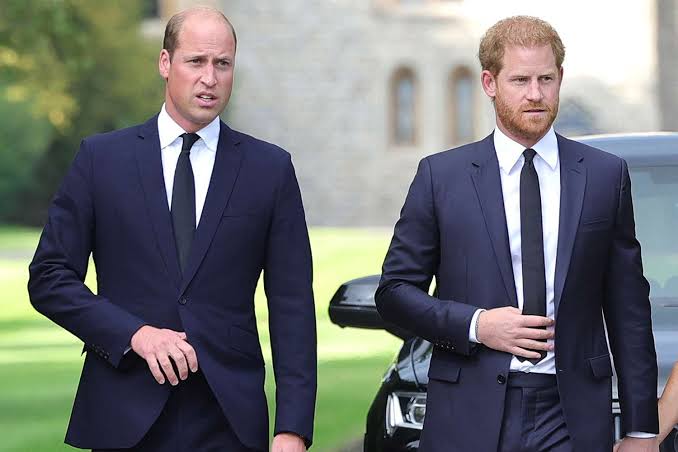Power on Ice: US F-15 Fighter Jets Launch from Frozen Runways with Full Afterburners
Power on Ice: US F-15 Fighter Jets Launch from Frozen Runways with Full Afterburners
In the biting chill of winter, when most aircraft are grounded or require extensive maintenance just to operate in sub-zero temperatures, the mighty F-15 Eagle proves once again why it’s been a dominant force in the skies for decades. Witnessing an F-15 take off from a frozen air base with its twin engines roaring at full afterburners is nothing short of breathtaking. It’s a display of raw power, precision, and engineering that has kept the Eagle soaring as a key component of the U.S. Air Force’s aerial superiority.
This article dives into what makes the F-15 such a reliable workhorse, even in extreme winter conditions, and how its capabilities continue to evolve to meet modern threats.
A Legacy of Dominance
First introduced in the 1970s, the F-15 Eagle was designed with one primary mission: air superiority. With a perfect combat record—over 100 aerial victories and zero losses—the F-15 quickly became a legend in the skies. Its combination of speed, agility, and firepower made it unmatched by any other aircraft in its class for decades.
Even today, the F-15 is no relic. The newer variants, including the F-15EX, bring upgraded radar systems, improved electronic warfare capabilities, and expanded payload options. But even the older F-15C and F-15D models remain a staple of U.S. air power thanks to regular upgrades and their unmatched thrust-to-weight ratio.
Why the Cold Doesn’t Scare the Eagle
Flying in cold environments is no small feat. Snow, ice, and frigid temperatures can wreak havoc on aircraft systems. But the F-15 is built to operate under extreme conditions, including freezing air bases located in northern regions like Alaska and northern Europe.
Its Pratt & Whitney F100-PW-220 or -229 engines are known for their reliability and performance—even in sub-zero temperatures. The aircraft’s ability to reach speeds of over Mach 2.5 and climb at an astonishing rate is amplified when the air is cold and dense, giving it even more bite during a winter takeoff.
Before takeoff, ground crews at these icy airbases conduct extensive checks: heating the aircraft, de-icing, and ensuring hydraulic systems are functioning properly. Despite the harsh environment, the F-15 takes to the skies with full afterburners blazing, turning a frozen runway into a launchpad of thunder.
The Beauty and Fury of Afterburners
The roar of the afterburners on takeoff is one of the most striking elements of the F-15’s departure. When the pilots engage full afterburner, the engines burn additional fuel directly in the exhaust stream, creating a dramatic surge of thrust and a signature flame trail. This extra power is essential during high-speed takeoffs from short or icy runways, ensuring the aircraft lifts off safely and rapidly.
These moments, often captured in slow-motion by military photographers and aviation enthusiasts, highlight both the raw power of the jet and the dedication of the crews operating them under challenging conditions.
Training in Arctic Conditions
Cold-weather training isn’t just about testing the limits of the jet; it’s about preparing pilots and crews for potential real-world deployments in frigid climates. Every year, the U.S. Air Force conducts exercises in Arctic and sub-Arctic zones to hone their readiness for conflict scenarios in northern Europe, the Arctic Circle, or even contested regions like the Korean Peninsula during winter months.
These exercises simulate wartime scenarios: rapid scramble takeoffs, patrol missions, intercepts, and even mock dogfights—all carried out in snow-covered landscapes and subzero temperatures. It’s a true test of both man and machine.
Modern Upgrades Keep the F-15 in the Fight
Although originally built during the Cold War, the F-15 platform has aged like fine wine. The F-15EX variant, in particular, includes state-of-the-art avionics, fly-by-wire controls, digital displays, and the powerful AN/APG-82 AESA radar. It can carry more weapons than its predecessors, and its advanced electronic warfare suite helps it operate in highly contested environments.
One major reason the U.S. Air Force continues to invest in the F-15 is its cost-efficiency. While stealth fighters like the F-22 and F-35 are built for penetrating advanced air defenses, the F-15 is unmatched for missions requiring heavy payloads and long-range capabilities. It’s the perfect complement to the stealth fleet.
Behind the Scenes: Unsung Heroes on the Ground
While the jets often steal the spotlight, none of it would be possible without the ground crews who maintain and prep these machines in freezing conditions. Working in extreme weather, often before dawn and long after sunset, these technicians perform everything from engine checks to fueling, weapons loading, and diagnostics.
When the afterburners fire and the jet thunders down the runway, it’s a tribute not only to the pilot but to every pair of hands that made that moment possible.
Why the F-15 Still Matters
In an era where stealth and drones dominate headlines, the F-15 might seem like an aging warrior. But its proven design, relentless upgrades, and adaptability ensure it remains relevant on modern battlefields. Its presence in the skies—especially during high-visibility moments like frozen airbase takeoffs—serves as a reminder of American air power’s enduring legacy and readiness.
Whether soaring over deserts, oceans, or ice-covered landscapes, the F-15 is always ready to answer the call.
Final Thoughts
Watching an F-15 blast off from a frozen runway, its engines lighting up the snow with the fire of afterburners, is more than just a cool visual. It’s a statement. It shows that America’s air superiority isn’t seasonal—it’s constant. The F-15 Eagle, even after 30+ years of service, continues to dominate the skies and adapt to new challenges, reaffirming its place as one of the greatest fighter jets ever built.
#F15Eagle #USAirForce #MilitaryAviation #FighterJets #AviationPhotography #Afterburner #ColdWeatherOps #FrozenRunway #AirSuperiority #JetTakeoff #AvGeek #DefenseNews #ArcticTraining #F15Takeoff #MilitaryPower #AviationEnthusiast #JetEngine #ModernWarfare #F15EX #AirForceReady














Post Comment